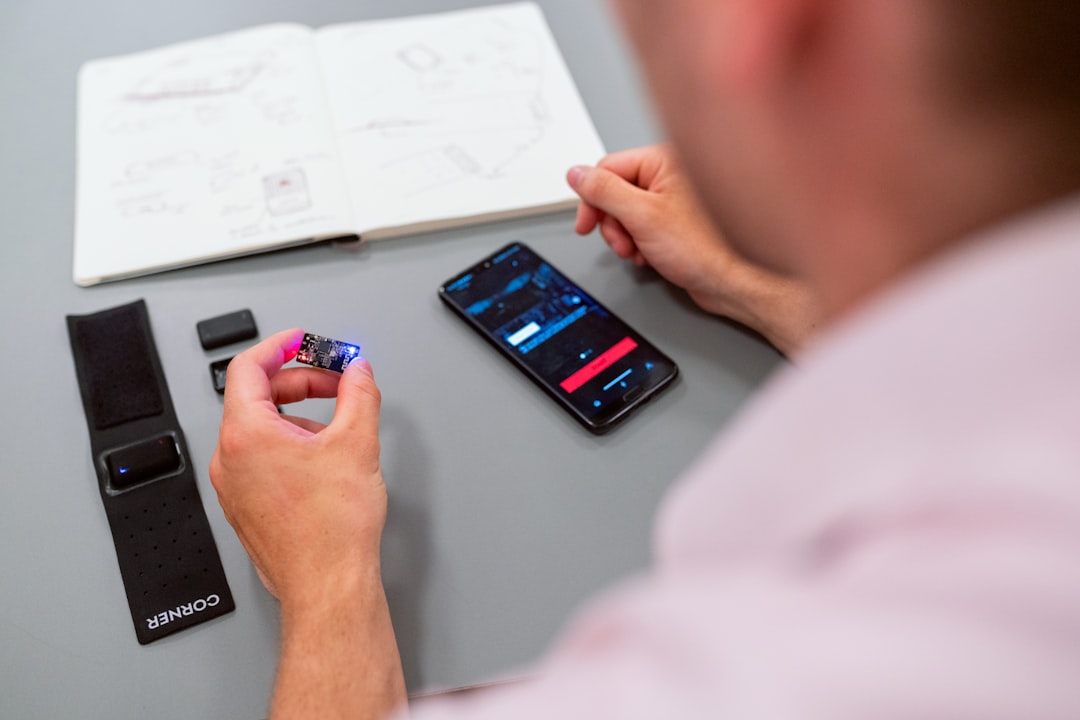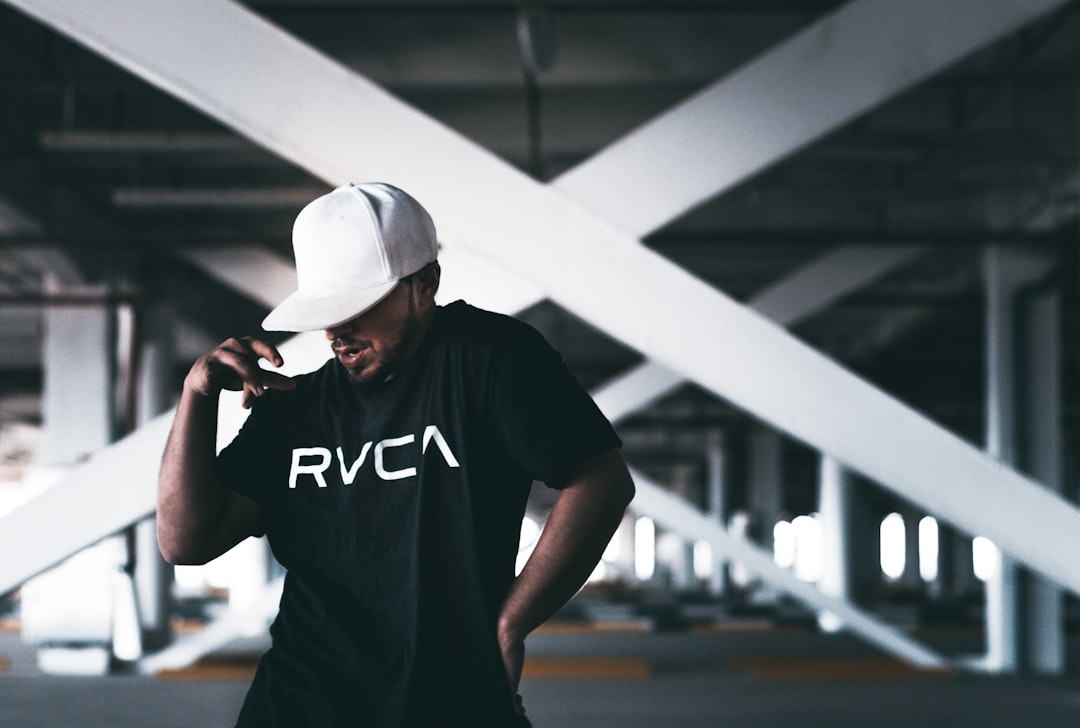In the ever-evolving landscape of filmmaking, the integration of artificial intelligence has opened up new avenues for creativity and efficiency. AI-generated storyboards represent a significant leap forward in how filmmakers conceptualize and visualize their projects. Traditionally, storyboarding has been a labor-intensive process, requiring artists to meticulously sketch scenes, frame by frame, to convey the narrative flow.
However, with the advent of AI technology, this process can now be streamlined, allowing filmmakers to focus more on storytelling and less on the technicalities of visual representation. Imagine being able to generate a storyboard in a matter of minutes rather than days. This is the promise of AI-generated storyboards.
By leveraging machine learning algorithms and vast databases of visual content, these tools can produce detailed and coherent storyboards that align with your vision. As you delve deeper into this innovative approach, you will discover how it not only enhances creativity but also saves time and resources, making it an invaluable asset in the filmmaking toolkit.
Key Takeaways
- AI-generated storyboards are a revolutionary tool for filmmakers, offering a faster and more efficient way to visualize their ideas.
- The benefits of AI-generated storyboards include saving time and resources, improving collaboration, and providing a clearer vision for the final product.
- When choosing the right AI tool for creating storyboards, filmmakers should consider factors such as ease of use, customization options, and compatibility with existing software.
- Steps to create AI-generated storyboards involve uploading a script, selecting visual styles and shot types, and customizing the storyboard to fit the filmmaker’s vision.
- Tips for integrating AI-generated storyboards into the filmmaking process include using them as a starting point for further creative development and maintaining a balance between AI-generated and hand-drawn storyboards.
Understanding the benefits of AI-generated storyboards for filmmakers
The benefits of AI-generated storyboards are manifold, particularly for filmmakers who are constantly seeking ways to optimize their workflow. One of the most significant advantages is the speed at which these storyboards can be created. Instead of spending countless hours sketching out scenes, you can input your ideas into an AI tool and receive a visual representation almost instantaneously.
This rapid turnaround allows you to iterate on your concepts quickly, making it easier to refine your narrative before moving into production. Moreover, AI-generated storyboards can enhance collaboration among team members. When working on a film project, clear communication is essential.
With traditional storyboarding methods, conveying your vision to others can sometimes be challenging. However, AI-generated visuals provide a concrete reference point that everyone can understand. This clarity fosters better discussions among directors, cinematographers, and production designers, ensuring that everyone is on the same page and working towards a unified vision.
Choosing the right AI tool for creating storyboards

Selecting the appropriate AI tool for generating storyboards is crucial to maximizing its potential benefits. With numerous options available on the market, it’s essential to consider factors such as ease of use, customization capabilities, and integration with other filmmaking software. You should look for tools that offer intuitive interfaces, allowing you to navigate through the features without a steep learning curve.
The more user-friendly the tool, the more time you can dedicate to your creative process. Additionally, consider the level of customization that each tool provides. While some AI tools may generate generic visuals based on your input, others allow for more tailored outputs that align closely with your artistic vision.
Look for features that enable you to adjust elements such as character design, backgrounds, and camera angles. Furthermore, ensure that the tool can seamlessly integrate with your existing workflow and software applications. This compatibility will save you time and effort when transitioning from storyboard creation to other stages of production.
Steps to create AI-generated storyboards
Creating AI-generated storyboards involves a series of straightforward steps that can transform your ideas into visual narratives. First, begin by outlining your script or concept in detail. The more information you provide to the AI tool—such as character descriptions, settings, and key plot points—the better the generated storyboard will reflect your vision.
This initial step is crucial as it sets the foundation for the entire storyboard. Once you have your outline ready, input this information into your chosen AI tool. Depending on the software, you may have options to select styles or themes that resonate with your project’s tone.
After processing your input, the AI will generate a series of storyboard frames that depict your narrative visually.
You may need to make adjustments or regenerate certain frames until you achieve a satisfactory representation of your story.
Tips for integrating AI-generated storyboards into the filmmaking process
Integrating AI-generated storyboards into your filmmaking process requires thoughtful consideration and planning. One effective approach is to use these storyboards as a foundation for discussions during pre-production meetings. Share the generated visuals with your team to spark conversations about scene composition, pacing, and overall visual storytelling.
This collaborative effort can lead to valuable insights and refinements that enhance the final product. Additionally, consider using AI-generated storyboards as a reference during filming. While they may not capture every nuance of performance or lighting, they provide a solid framework for shot composition and camera movement.
You can share these visuals with your cinematographer and crew to ensure everyone understands the intended look and feel of each scene. By doing so, you create a cohesive vision that guides the entire production process.
Overcoming challenges when using AI-generated storyboards

While AI-generated storyboards offer numerous advantages, there are challenges that filmmakers may encounter when incorporating this technology into their workflow. One common issue is the potential for generic outputs that lack the unique flair of hand-drawn illustrations. To mitigate this challenge, it’s essential to provide detailed input and feedback during the generation process.
The more specific you are about your vision, the more likely the AI will produce results that resonate with your artistic style. Another challenge lies in the reliance on technology itself. While AI tools can be incredibly powerful, they are not infallible.
Technical glitches or limitations in the software may hinder your ability to generate desired visuals promptly. To address this issue, maintain a backup plan by having traditional storyboarding methods at your disposal. This way, if you encounter difficulties with the AI tool, you can still move forward with your project without significant delays.
Examples of successful AI-generated storyboards in filmmaking
Several filmmakers have successfully embraced AI-generated storyboards in their projects, showcasing the potential of this technology in enhancing creativity and efficiency. For instance, some independent filmmakers have utilized AI tools to visualize complex action sequences or intricate visual effects before committing resources to production. By generating detailed storyboards early in the process, they were able to identify potential challenges and make necessary adjustments before filming began.
Moreover, major studios have also begun experimenting with AI-generated storyboards for blockbuster films.
By incorporating AI-generated visuals into their workflow, they can explore various creative possibilities without being constrained by time or budget limitations.
Conclusion and future prospects of AI-generated storyboards in filmmaking
As you reflect on the transformative impact of AI-generated storyboards in filmmaking, it becomes clear that this technology is not just a passing trend but a fundamental shift in how stories are visualized and brought to life. The ability to generate detailed visuals quickly allows filmmakers to focus on what truly matters: storytelling and character development. As AI continues to evolve, we can expect even more sophisticated tools that will further enhance creativity and streamline production processes.
Looking ahead, the future prospects for AI-generated storyboards are promising. As filmmakers increasingly adopt these technologies, we may witness a new wave of innovative storytelling techniques that push the boundaries of traditional filmmaking. The integration of AI into creative processes will likely lead to collaborations between human artists and machines, resulting in unique narratives that blend human intuition with technological prowess.
Embracing this evolution will not only enrich your filmmaking experience but also pave the way for groundbreaking cinematic experiences in years to come.
FAQs
What is an AI-generated storyboard?
An AI-generated storyboard is a visual representation of a film or video created using artificial intelligence technology. It uses algorithms to analyze a script and automatically generate a series of images that depict the key scenes and shots in the story.
How does AI technology create storyboards for filmmakers?
AI technology creates storyboards for filmmakers by analyzing the script and identifying key elements such as characters, settings, and actions. It then uses this information to generate a series of images that represent the scenes and shots in the story.
What are the benefits of using AI-generated storyboards for filmmakers?
Using AI-generated storyboards can save time and resources for filmmakers by automating the process of creating visual representations of their scripts. It can also provide a quick and efficient way to visualize the story and plan the shots before filming begins.
Are there any limitations to using AI-generated storyboards?
While AI-generated storyboards can be a valuable tool for filmmakers, they may not always capture the creative vision and nuances of a director or cinematographer. Additionally, the technology may not be able to accurately represent complex or abstract concepts in the script.
What are some popular AI tools for creating storyboards?
There are several AI tools available for creating storyboards, including Storyboarder, ShotPro, and Boords. These tools use AI technology to analyze scripts and generate visual representations of the story for filmmakers.




